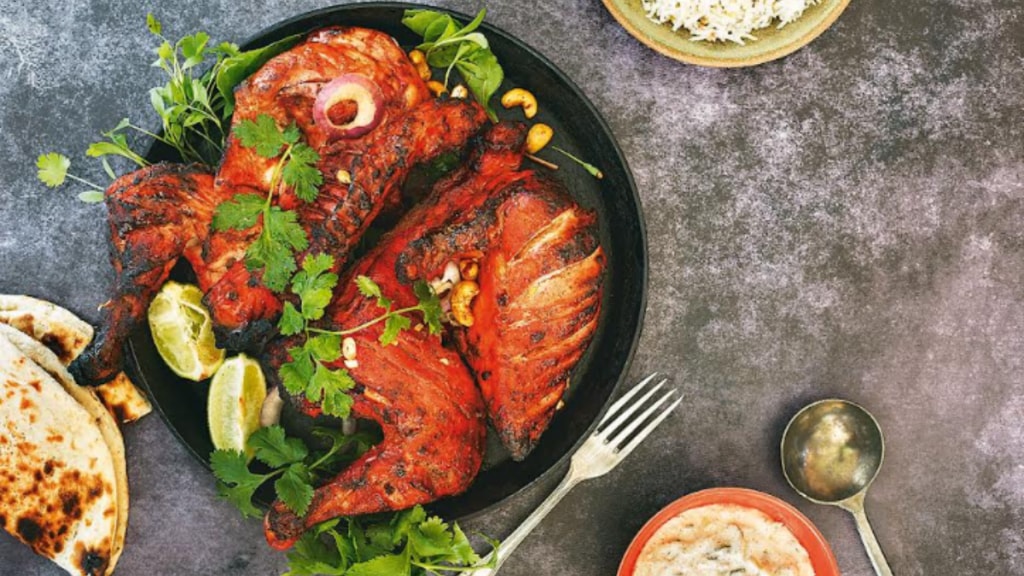By Shivaji Dasgupta
The Dubai outpost of Tresind Studio, Indian Fine Dining, recently won the coveted Michelin 3 Star rating. As per the official definition, exceptional cuisine ‘worth a special journey’.
For many reasons, the ‘upgrade’ path for Indian cuisine has not been easy. Unlike Western or Far Eastern cultures, high-class dining is still an in-home and not an eat-out experience. Recipes refined over generations, unlike the process-cum-produce protocols of most overseas genres. True for Udupi, Mughlai, Konkani, Bengali, Malayali and every other entity.
The first wave of premiumisation appeared as value-added versions of time-tested pedigree. Chef Imtiaz Quereshi devised Dum Pukht in ITC Maurya by tapping the acumen of Lucknowi home chefs while Bukhara and Dakshin were similarly motivated by scalable restoration. Staple showstoppers were packaged with finesse, but arguably, still surpassed by Chandni Chowk, Aminabad, Matunga and Fort Kochi.
This pattern continued till the next wave of inspiration, namely Indian Accent, Diva and accomplished peers. Dictated by ‘originality’, with shades of molecular gastronomy and gut-busting innovation, they dared to tempt timeless boundaries. with a new class of globally exposed Indians, willing to take the culinary plunge. Tresind Studio’s success, albeit in Dubai, must act as booster aphrodisiac for the new-age Indian cuisine chef.
One table-turner may well be the five-star chains with bulbous pockets. With the occasional exception of Avartana(ITC), Varq ( Taj ) and Jamawar ( Leela), managements are still invested in the ‘Authentic’ and not ‘Original’ dining credos. An obsolete legacy, perhaps, of chasing aspirational dollars and not prolific rupees, unlike evolving patterns of Indian luxury consumption. A corporatised portfolio of contemporary Indian cuisine will amplify the milestones of the solo pioneers.
Thankfully, we are rebooting our abundant digestive roots, and the anecdotes are heartening. Millets driven by missionary zeal, Matamaal driving Kashmiri produce, Black Bengal Goat making a comeback and overall, artisan values being unearthed and premiumised. Coffee and cocoa are both attracting investor and curator top dollar, with scientific makeovers. Chef Prateek Sadhu’s premium NAAR in Kasauli, can give an impetus for regional encores, with the fork closest to the farm.
The Michelin Guide has not yet debuted in India and it’s thus a great time to build a world-beating lineup of Indian Fine Dining — to surpass the heritage thought process, with a gourmet eye on the future.
The author is an autonomous brand consultant and writer

